- Nearly 396,732 households have received grants averaging $4,455, driving $11 billion in renovation spending and cutting 761,725 tonnes of greenhouse gas emissions.
- Ontario, Quebec, and Alberta lead participation.
- The program will close by December 31, 2025, with Ottawa preparing a new $800 million Greener Homes Affordability Program launching in 2026.
Canada’s Greener Homes Grant will officially end on December 31, 2025.
After this date, no new grant requests will be processed, effectively closing the program that has been central to Canada’s strategy for reducing residential energy use and greenhouse gas emissions.
By the numbers
Launched with $2.6 billion to support 700,000 retrofits, Canada’s Greener Homes Grant has, as of July 2025, delivered $1.77 billion to 396,732 households, averaging $4,455 per project and driving roughly $11 billion in renovation spending. Ontario leads with 162,611 grants worth $740 million, followed by Quebec with 99,790 grants and $410 million, and Alberta with 38,838 grants and $169.8 million. British Columbia and Nova Scotia trail with 34,805 and 25,076 grants, worth $176.7 million and $113 million, respectively.
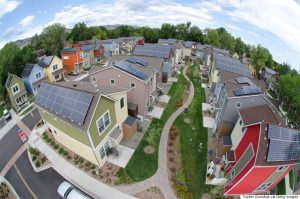
A solar incentive is a financial program offered by federal, provincial, and local governments to encourage the installation of solar panels. These financial incentives are implemented through policies aimed at promoting energy independence, job creation, and carbon emission reduction.
Collectively, these projects have reduced greenhouse gas emissions by 761,725 metric tonnes, equivalent to removing 233,278 cars from the road, while saving homeowners approximately $386 annually.
Federal officials closed applications in early 2024 after higher-than-anticipated participation and larger average claims outpaced initial projections. While the program has successfully spurred demand for energy retrofits, most upgrades have delivered moderate improvements rather than comprehensive energy overhauls.
A 2025 analysis by Green Communities Canada found that average household energy savings reached 21 percent, but only 6.3 percent of projects qualified as deep retrofits, achieving energy reductions of 50 percent or more. This gap raises concerns about the scale of action needed to align with Canada’s 2030 emissions reduction targets and long-term net-zero goals.
Next Phase
The closure of the Greener Homes Grant marks a shift in the federal government’s approach to residential energy policy.

Canada is a North American country stretching from the U.S. in the south to the Arctic Circle in the north. Major cities include massive Toronto, the West Coast film centre of Vancouver, the French-speaking Montréal and Québec City, and the capital city of Ottawa.
Planning is underway for the Greener Homes Affordability Program, which is set to launch in 2026 with $800 million in funding over five years.
This new initiative will focus on low- and moderate-income households and Indigenous communities. At the same time, the Greener Homes Loan, offering up to $40,000 in interest-free financing, will remain available to support larger-scale projects. Provincial programs, such as Ontario’s Home Energy Rebate Plus and Quebec’s Rénoclimat, will continue to operate independently.
The approaching deadline is expected to drive a surge in activity as homeowners and contractors rush to finalize projects. Post-retrofit energy evaluations, a required step for grant disbursement, can take up to a month to process, making early completion critical. For industry stakeholders, this final year and a half of the program represents both a challenge and an opportunity: managing increased demand while preparing for the transition to the next phase of federal support.
What This Means
Residential buildings account for nearly 18 percent of national greenhouse gas emissions, making deep energy retrofits a critical component of Canada’s climate strategy. While the Greener Homes Grant successfully engaged hundreds of thousands of homeowners, its impact underscores the need for future programs to drive more comprehensive upgrades that deliver substantial emissions reductions.
As the program concludes, the federal government’s pivot toward affordability-focused initiatives and financing mechanisms signals a broader strategy shift.
For the retrofit industry, this transition will require adapting to new program structures while maintaining momentum in scaling up the depth and impact of home energy improvements.






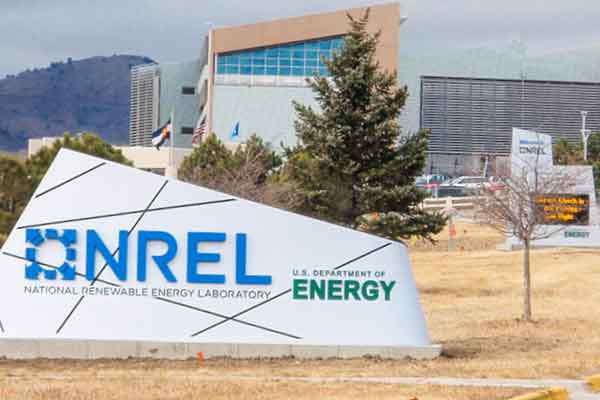
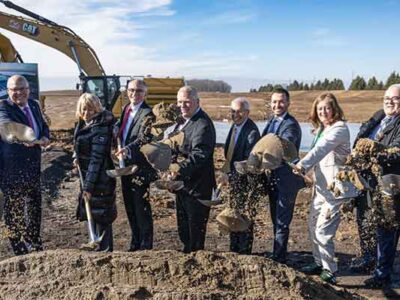
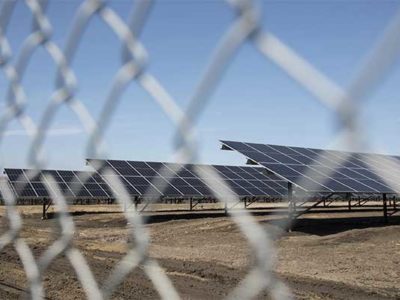
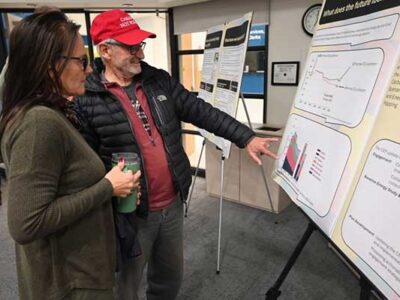





Comments